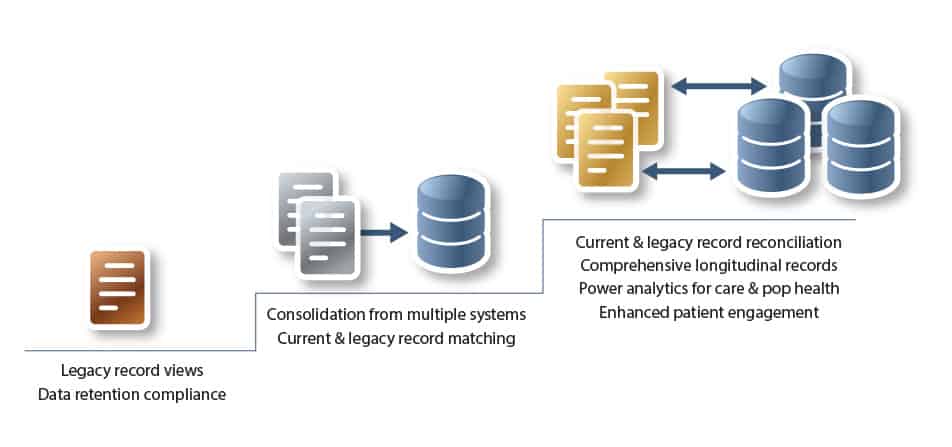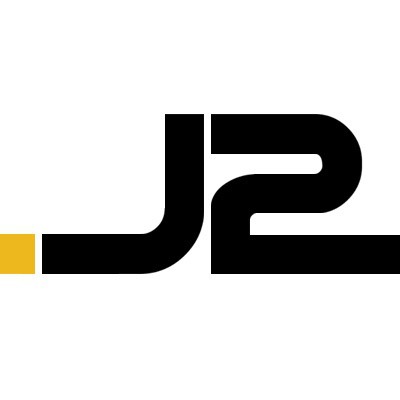 When a hospital system moves to a new healthcare information platform, a question that often comes up is, “At what point should legacy clinical systems be decommissioned?”
When a hospital system moves to a new healthcare information platform, a question that often comes up is, “At what point should legacy clinical systems be decommissioned?”
Data from legacy clinical systems often must be easily accessible to users for operational, clinical, and compliance reasons.
What to do with legacy systems?
Keeping legacy clinical systems active can be an expensive proposition. Infrastructure, software maintenance, and end-user support are all required for users to continue to log directly into these systems.
Even if legacy systems are kept active, there can be a lot of office chair swiveling and neck-craning between monitors.
Data archival vs. data backup
Simply backing up data from decommissioned systems is not enough. The legacy data needs to be archived. Unlike with backups, an archive means on-demand access to legacy clinical data by users. There are other important differences between a backup and an archive.
There is a spectrum of how robust a legacy clinical data archive system is. A standalone archiving system is on one end of the spectrum. The native archival capabilities of a healthcare information platform like HealthShare from InterSystems is on the other.

With a more complete understanding of patient history, care can be improved for all patients. Patient engagement improves across the board.
Getting to a unified care record
Fully unifying past and present data isn’t simply a matter of providing a view into legacy system patient records.
In many environments, patient data needs to be gathered from dozens of legacy sources and then cleansed in order for a complete and useful longitudinal patient record to be available to system users.
An important component of legacy data cleansing is the effective matching among legacy sources and current data. The better the matching, the more complete a patient record. Past and present data needs to be properly reconciled.
Analytics are also more valuable for care coordination and population health management. To flip a popular data I/O phrase: “completeness of data in, quality of analytics out.”
Ultimately, the more complete and easily accessible picture of past and present patient data available to clinical decision-makers, the more successful the digital transformation of a hospital system will be.
About J2 Interactive
 J2 Interactive is an award-winning software development and IT consulting firm specializing in customized solutions for hospitals, labs, research institutions, and health information exchanges.
J2 Interactive is an award-winning software development and IT consulting firm specializing in customized solutions for hospitals, labs, research institutions, and health information exchanges.
Our approach to design and development is rooted in a fundamental belief that systems succeed or fail based on how well they serve the people who depend upon them.



